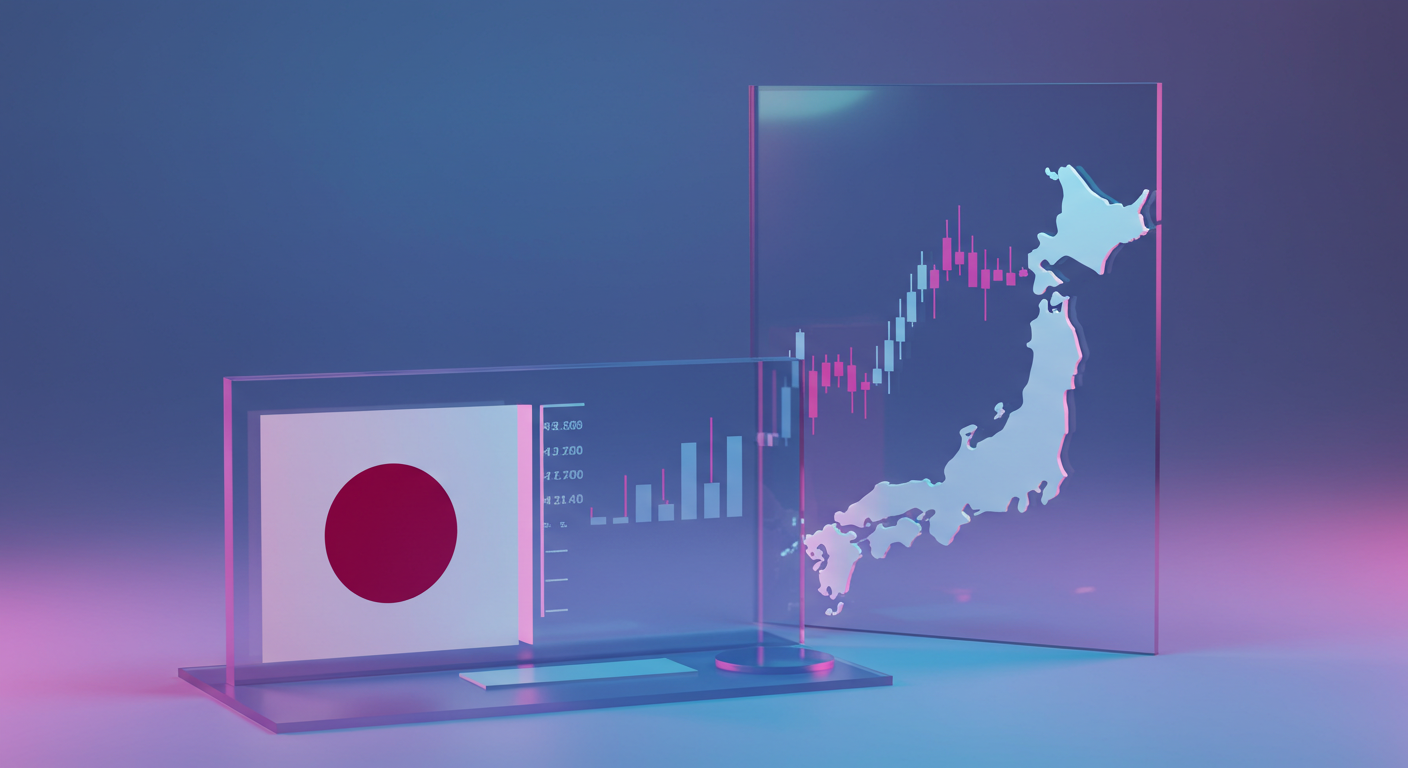
In June 2025, Japan’s Jibun Bank preliminary PMI for manufacturing rose to 50.4, up from 49.4. This indicates an expansion in the sector, as values above 50 represent growth.
The services PMI increased to 51.5, compared with the previous score of 51.0. The composite PMI, which combines manufacturing and services, reached 51.4, rising from 50.2 in the prior period.
Economic Improvement
These figures reflect overall improvement in Japan’s economic activities across both manufacturing and service sectors during the period observed.
This recent uptick in Japan’s purchasing managers’ index figures reflects a modest but clear shift towards recovery in economic activity. The manufacturing PMI nudging above 50 is the first indication in months that output within the sector is expanding rather than contracting. The uptick from 49.4 to 50.4 may appear marginal at face value, but it matters. It shows renewed momentum in factory production and supply chain orders—even if that momentum is tentative.
Within the service economy, the rise to 51.5 from 51.0 reveals continued forward motion. Demand for non-goods-based services, such as transport, hospitality, and financials, is slowly picking up. When viewed together through the composite PMI of 51.4, the data is pointing to synchronised improvements across both key areas of the Japanese economy.
For us, these readings suggest a recalibration is underway—but not in a smooth or uninterrupted manner. Volatility in interest rate expectations, combined with differing global monetary policy cycles, means every fresh data point can cause a reaction that extends beyond local markets.
Market Reactions
Keen-eyed traders should already be tracking the consequences. A move from contraction to expansion—even at the margins—alters perceptions of growth prospects. This may influence pricing of instruments, especially those tied to regional equities or JPY FX crosses. Any perception of strengthening in industrial output can also seep into the options market, affecting implied volatilities and pushing recalculated deltas across some positions.
The timing of the release, ahead of major central bank meetings in the US and Europe, invites further re-evaluation. Policymakers elsewhere may view Japan’s subtle uptick as reason to think demand patterns are becoming more synchronised across borders again. That, in turn, could begin to shift relative rate assumptions.
We are also likely to see shifts in forward curve pricing in response to these readings. Rising PMIs can prompt revision in growth trajectories priced into swaps and futures contracts. The compression between front-end rates and long-term maturities may begin to shift, albeit slightly, if broader optimism becomes more entrenched.
At the same time, it’s worth noting that the magnitude of the move is modest. No single reading is sufficient to change long-term views, but changes around the 50-level carry more weight than similar-sized moves elsewhere. What’s important is not so much the headline figure, but that these changes hint at underlying resilience—and potentially, a foundation on which future upward surprises could build.
The key consideration going forward is how participants react to concurrent economic signals from other regional economies. If, for example, manufacturing improves not just in Japan but also across other export-dependent nations, this could amplify the directionality already in motion.
Positioning may therefore need review—particularly for those holding delta-neutral or volatility-based structures on regional indices or JGB-linked derivatives. It may be prudent to watch for skew adjustments in shorter-term options. The premium pricing may begin to favour upside moves, especially if follow-on data in early July confirms these early signals.
All told, we expect that those reading between the lines will need to act before consensus catches up. Timing here matters. Confidence doesn’t necessarily recover in a straight line, but markets often move ahead of sentiment.







